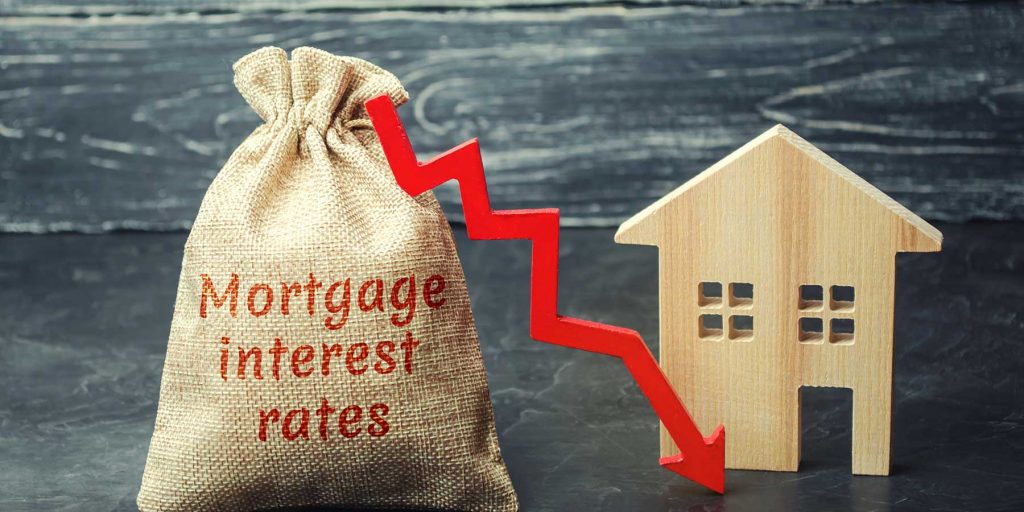Considering the variety of lending options, it’s quintessential to make sure that you’re choosing the best deal for your needs. That is a possibility, especially since there are numerous loans with attractive low-interest rates.
Still, are low-interest rates all they’re cracked up to be? Are they as convenient as it may appear at first glance?
Is A Low-Interest Loan The Holy Grail Of Investments?
It seems that a low-interest rate is the holy grail of financial management. At the very least, it provides the borrower with the impression that he/she is getting the best deal on the market. Nonetheless, is this accurate? Are low-interest rates worth the effort? Does it matter if your interest rate is a tad higher than the market’s most competitive?
In truth, the loan option you select must work for you, since each borrower has distinct specifications and financial background. You are aware of the features you’re looking for, the interest rate that fits your financial situation, so and so forth. In spite of that, it could be argued that low-interest rates are important.
A Competitive Lending Market
According to data on Finder.com.au, the average mortgage is eight times higher than it was 30 years ago. At the time being, for an annual income of $79,000, the average mortgage is $334,000. 30 years ago, however, the average mortgage was $37,542 in contrast with a yearly salary of approximatively $19,000.
Therefore, if we were to compare these numbers, the proportion of repayments to income, at the moment, it is 29 per cent, and 30 years ago it was 23 per cent. We can say that this is a considerable difference, which cannot be undermined.
Currently, most Aussies struggle to enter the property market, and most are willing to put up with the extra effort. In other words, they are open to allocating moderate, even high-interest rates to accomplish their goals. Nonetheless, what may seem as unimportant at first sight, when analysed in detail is proven to be quite significant. The same applies to low-interest rates.
To get where we’re headed, 0.25 per cent on your interest rate is worth approximatively $50 per month on a home loan of $300,000. Furthermore, if the interest rate is 0.25 per cent higher, it can cost you about $600 extra on a yearly basis, and about $18,000 over the life span of the loan.
This would be real money, especially if you were to consider the long-term scenario, which we advise you to do.
The Importance of Analysing Loan Terms
So, to answer the question: are low-interest rates worth the effort? They are worth every effort. If you have the possibility of choosing such a loan, you should do so.
As a general thumb rule, you should always compare and contrast different loan options. And make sure you factor in the extra fees that are linked to the loan. Additional features and flexibility are two equally important elements that shouldn’t be overlooked. Still, make sure you don’t make a rushed decision; some lenders provide low-interest rates, but they have high checking account fees and other hidden costs.




